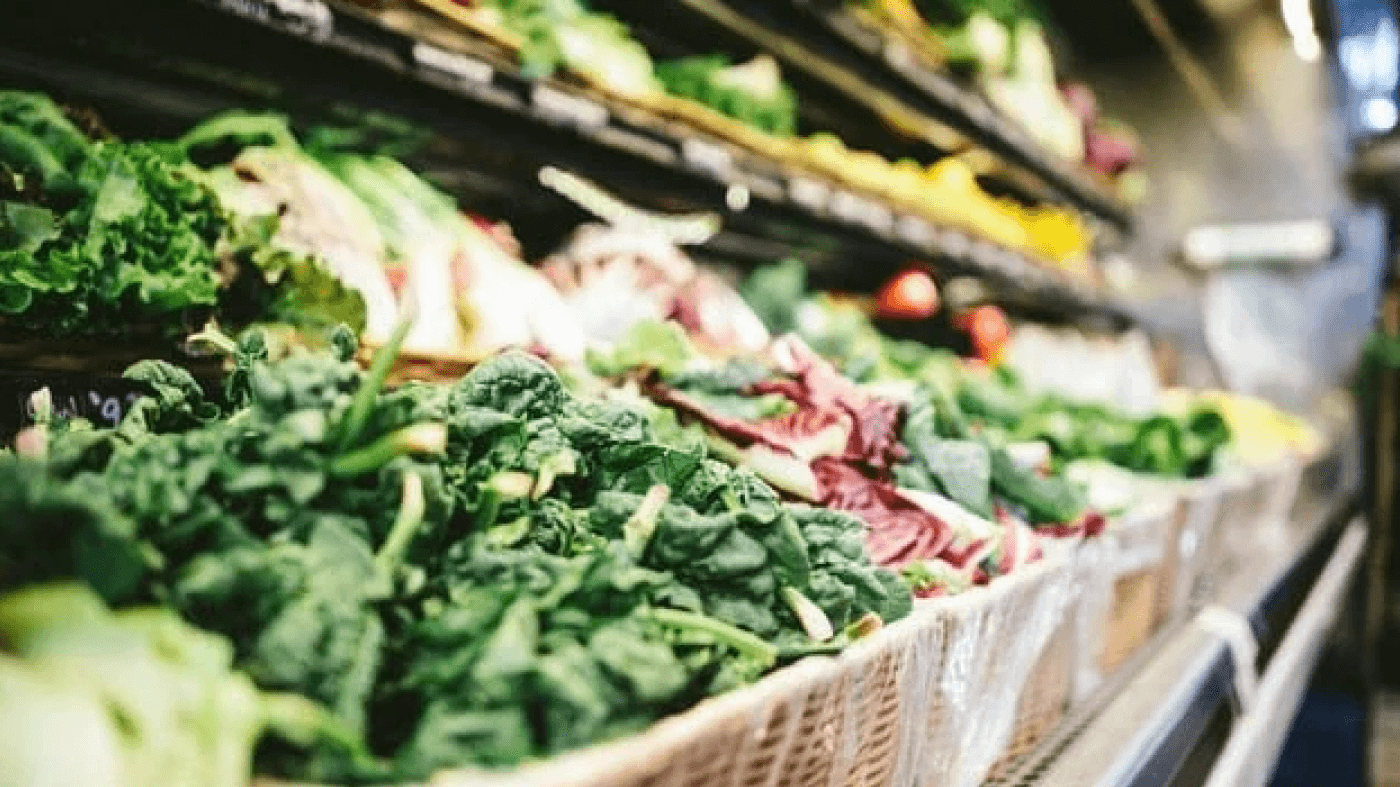When it comes to shopping, there are a few grocery staples you should always throw in the cart to have on hand. These items are ones you can incorporate into a wide array of snacks, mains, sides and smoothies, making healthy-eating a no-brainer. To help make your next trip to the store a little easier, we’ve created a list of our go-to items.
Spinach
Rich in vitamins A, C and K, as well as magnesium and iron, spinach makes a great addition to a multitude of dishes. How to use:
- Add a big handful to your smoothies (you won’t taste it!)
- Spinach salad - top with olive oil, balsamic vinegar, nuts and berries
- Sauteé with olive oil and garlic as a delicious side-dish
Frozen fruit
Avoid the hassle of fruit going bad before you eat it and snag some frozen options next time you’re at the store. Frozen fruits are typically picked and frozen at their peak ripeness, enabling them to provide a comparable amount of vitamins and nutrients to their fresh counterparts. Use them in:
- Oatmeal, for nutrients and sweetness
- Smoothies
Bananas
Loaded with vitamin C and potassium, bananas make a perfect yogurt topping, smoothie ingredient, or simple snack. We recommend buying extra so you can peel, chop and store in your freezer. Enjoy bananas as:
- A snack with your favorite nut butter
- A base for dairy-free (N)ice cream
- The smoothest smoothies
- A natural sweeter when mashed and cooked in oatmeal
Nut Butters
From almond to cashew, nut butters are an excellent source of healthy fats and are high in protein and fiber. Many grocery stores offer the option to grind your own in-store, making for a more ergonomic and affordable process. Use nut butters as:
- A topping on bananas or apples
- On top of your favorite toast
- A scoop into your smoothie for added protein and healthy fats
Dairy-free/Plant-based Milk
As you may have read on a recent blog post of ours, we are major advocates of plant-based milk options. Whether it’s soy, coconut, almond, or oat milk, each dairy alternative has its own set of pros and cons. To learn more about plant-based milks, read this blog post.
Beans and Legumes
Sometimes compared to meat in terms of nutrients, beans and legumes are a kitchen must-have. Rich in dietary fiber, protein, B vitamins and iron, means make an affordable and nutrient-dense food option.
Avocados
Another healthy source of fat, avocados are extremely nutritious. Packed with even more potassium than bananas, as well as dietary fiber and fats. Our personal way of incorporating avocados? See the options below:
- Spread on top of toast for a delicious breakfast or snack!
- In guacamole - see our recipe here
- Add to your smoothie instead of bananas for the creamiest consistency and a boost of healthy fats!
Lemons and Limes
Lemons and limes share many of the same health benefits due to their vitamin C count and many antioxidants. We recommend sticking some in your water for a citrusy touch that provides vitamins and minerals. Other ways to use lemons and limes include:
- On top of your tacos for a citrus touch
- With watermelon or other fruits to bring out the flavors. Papaya + lime = heaven!
- A squeeze of lemon adds freshness and brings out flavors of roasted veggies
- Lemon and lime juices are great alternatives or additions to vinegar in DIY salad dressings and sauces - just add some good olive oil, your favorite fresh and dried herbs, maybe a little minced garlic or onion, salt and pepper, and you’re set.
Garlic
Known for combatting sicknesses like the common cold, garlic is one item we always keep on hand. It has been used as a medicine throughout ancient and modern history, while also making a delicious difference in a multitude of meals.
- Throw minced garlic in a pan before sauteing vegetables on your stovetop
- Top potatoes or vegetables with minced garlic before cooking in oven
- A staple for fresh DIY guacamole, hummus and basically making anything delicious in your kitchen
Pasta and Grains
Pasta and grains such as rice and quinoa are pantry must-haves great for pairing with your favorite protein for added fiber, carbohydrates and B vitamins.
- Whole wheat toast with nut butter & sliced bananas
- The first ingredient in the ever-popular grain bowl (also known as buddha bowl) - start with any grain such as brown rice, quinoa, farro, etc, then pile on fresh or roasted veggies, some legumes, healthy fats like nuts and guacamole, and a delicious sauce or dressing.
- Pasta topped with your favorite steamed, sauteed, or grilled vegetables
What are some of your favorite grocery staples? We'd love to know!

